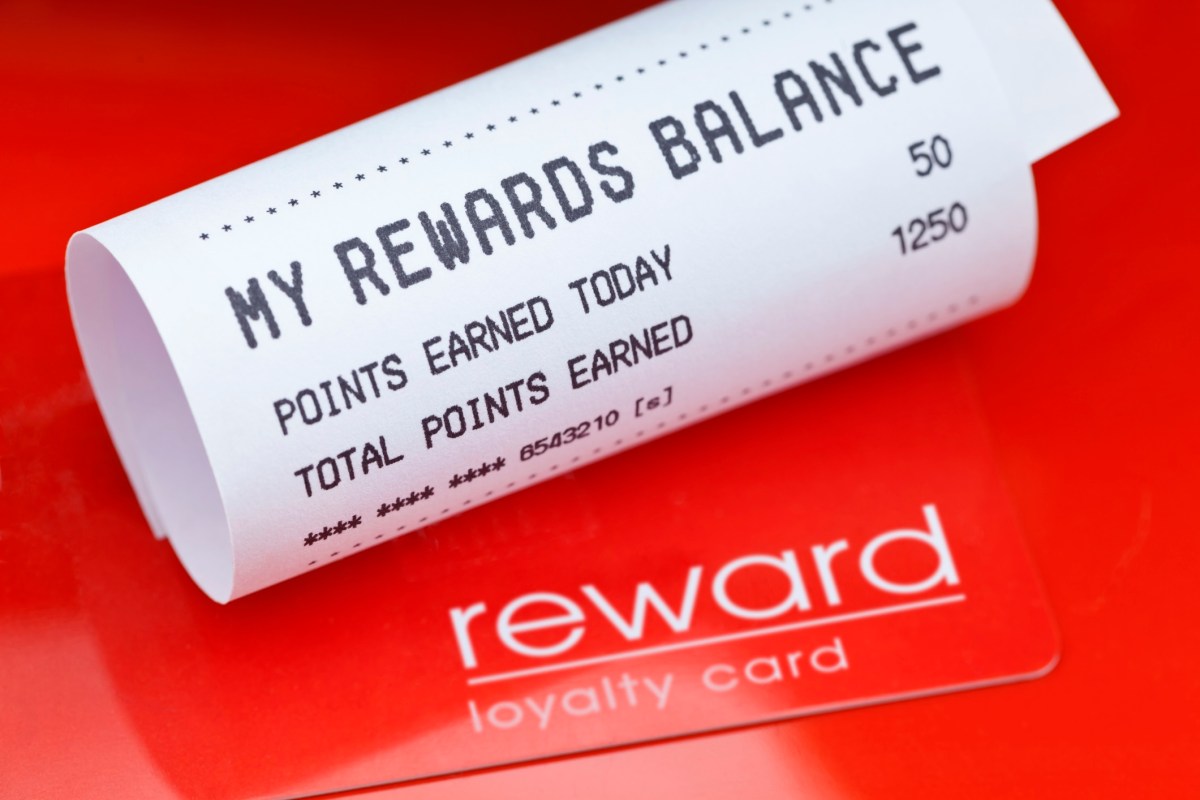Consumers are more demanding than ever when it comes to receiving a personalised experience from retailers. With practically unlimited choice, customers will only remain loyal to retailers that build trust and deliver an exceptional sales experience. While they may be willing to part with their personal details in exchange for a more individualised relationship with a retailer, savvy customers won’t put up with being exploited and will quickly abandon any retailer that doesn’t meet their expectations.
For many retailers, loyalty programs are a key way to build trust with consumers, reward them for their continued business, and communicate directly with them. However, with more than 90 per cent of companies offering a loyalty program of some kind, consumers are experiencing loyalty fatigue. The average consumer belongs to more than 14 loyalty programs but is only active in six or seven of them.
Given the costs of managing and promoting loyalty programs, it’s important for retailers to see a return on that investment. Once a loyalty program is activated, it’s hard to shut down, which means even underperforming loyalty programs continue to limp along despite consumers making it clear they’re not interested.
On average, members of loyalty programs generate up to 18 per cent incremental revenue growth per year versus non-members. But loyalty doesn’t guarantee customer retention and consumers are now quicker to switch their business than ever before. Research shows that more than three-quarters of all consumers will now retract their loyalty faster than they did three years ago. Millennials in particular are faster to switch providers and brands compared with other consumers, which is concerning given that millennials are quickly making up the lion’s share of consumers.
This poses a challenging question for retailers looking to use loyalty programs to grow their businesses: how to create a loyalty program that resonates with the target audience and encourages them to actively participate?
Studies have revealed that ease and enjoyment are the top factors that drive member engagement in loyalty programs. If it’s difficult to engage with the loyalty program then members will simply stop engaging. So, retailers need to streamline the process of accruing rewards, making it easier for customers to see their aggregated rewards across all programs.
One way that retailers have tried to remove the friction of participating in rewards programs is to replace the traditional loyalty card with an app that the consumer can download to their smartphone or smartwatch. They can then scan the barcode from the app when they purchase instore, or use automatic sign-in when they purchase online. However, this adds another layer to the transaction that can create a barrier for some consumers.
Retailers can remove this barrier by participating in a card-linked loyalty platform that removes the extra steps required to accrue rewards. When the loyalty program is connected to the consumer’s credit card, debit card, or eftpos card, then the simple act of paying for a purchase also easily enables the receipt of the reward.
With no need to use a separate loyalty card, this may encourage consumers to participate more regularly and freely in the rewards program. It also gives the retailer access to aggregated consumer data in real time. That means merchants can see, as it happens, the effect of different offers they make inside the loyalty platform. If consumers aren’t responding to specific types of offers, then the retailers can adjust these offers on the fly to optimise sales, profit, and customer engagement. This type of flexibility can dramatically improve the customer experience over the long term.
Retailers should look for a success-based loyalty platform that provides an established ecosystem of members, merchants, and program operators, powered by card linking. This means retailers don’t have to bear the burden of creating and managing the program, and fees are only charged once customers have transacted. This mitigates the cost and risk of maintaining loyalty programs, lowering the cost of entry for retailers. And, by engaging with a loyalty platform, retailers can avoid having to architect their own program. Instead, the platform can act as a marketplace and is fast to set up with no technology build required, delivering a frictionless engagement experience.
Cary Lockwood is CEO of Loyalty Now.

